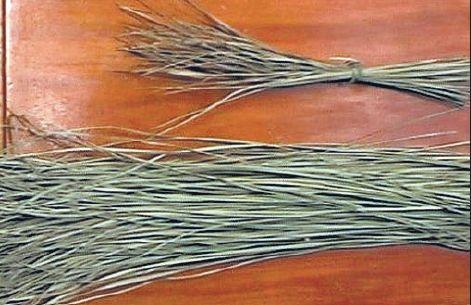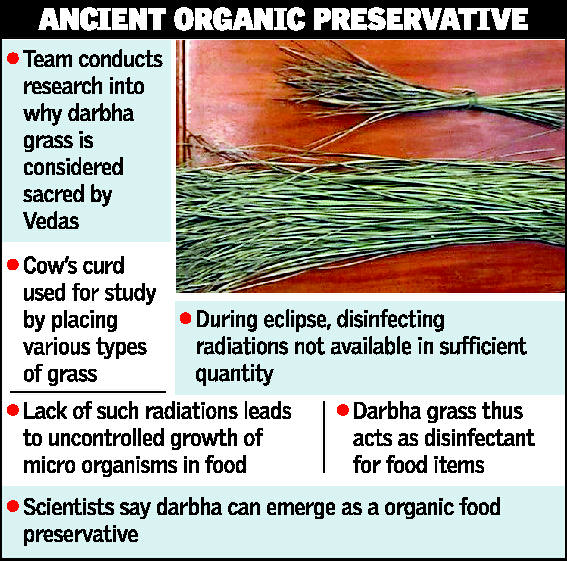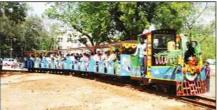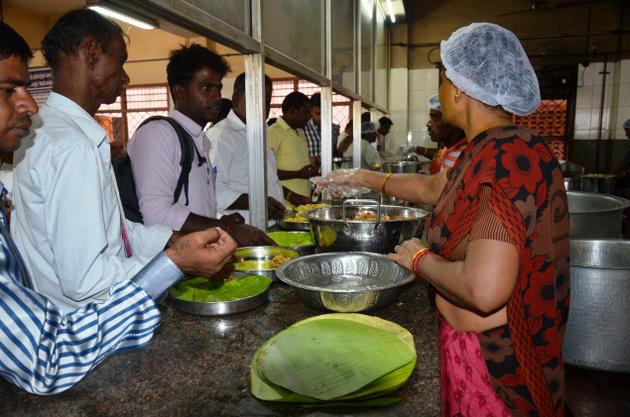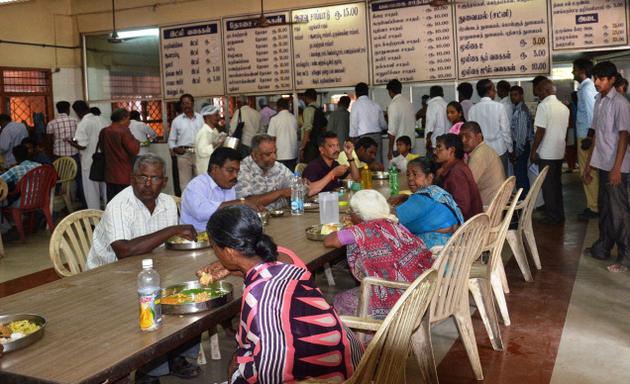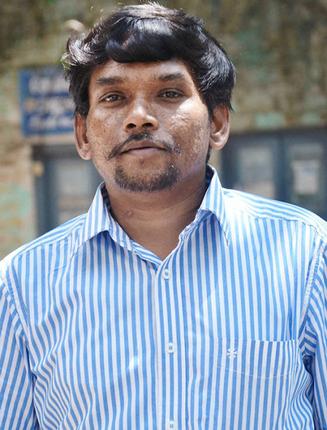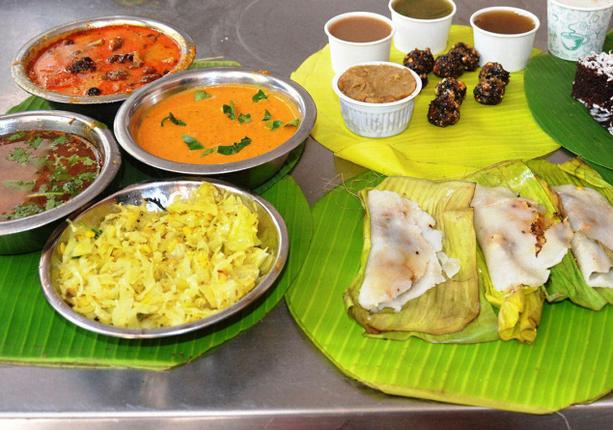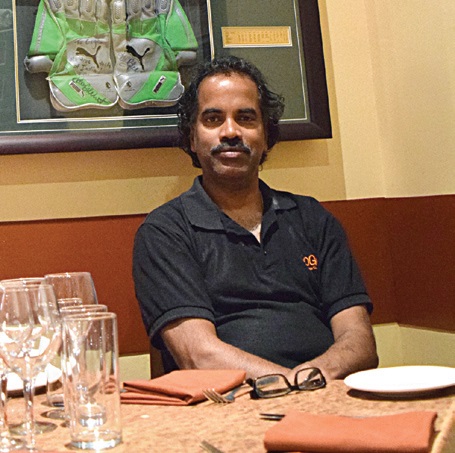Madurai :
What can be in a name, particulary when it sounds unfamiliar, lacking in local cultural resonance? Well, some local history behind it. Buckle was one such name that is completely alien to Tamil Nadu but has come to stay for various reasons said historian Venkatraman, a native of Thoothukudi district, at an INTACH (Indian Natural Trust for Art and Cultural Heritage) meeting here recently.
Quite common in the southern district, particularly in the coastal areas, Buckle cuts through caste divides though not many know how the name came into currency. “Before I joined the teaching profession I was managing a salt pan along in Thoothukudi town when I came across this name,” he recalled. “Some Dalits working in our salt pan answered the name Buckle – either Buckle or Buckle Durai. Out of curiosity, I asked them the meaning behind the name and they drew a blank. Then my father explained the history behind it,” said Venkatraman, who retired as history professor from Madurai Kamaraj University.
He had also come across the name among students when he taught at Aditanar College of Arts and Science in Tiruchendur.
Folklorist V Sivasubramanian came across Buckles when he worked as a tutor in the Tamil department of VOC Arts and Science College. “While correcting an examination paper, I saw the name Buckle Durai. But the student belonged to the Nadar community,” he said.
“Many Nadar families in Srivaikundam, Tiruchendur and Sathankulam named their children Buckle along with the caste title Nadar. It is very common among the agricultural families among our community,” said Murali, a businessman from Thoothukudi town.
Well, Buckle has its origin from R K Puckle, a popular, visionary and benevolent British Collector of the old Tirunelveli district. He served the region 160 years ago, when he built the Srivaikundam dam. Since all communities benefited from the Srivaikundam dam, Puckle caught the fancy of all communities.
Dalit writer, P Sridhar Ganesan, has named the protagonist of his Tamil novel, ‘Vangal’, as Puckle. He said that when he went to his wife’s village Muthuammallpuram Cheri, a coastal hamlet, he met two elders with the name Buckle. ‘During my interaction with the villagers, I learnt that the people were proud to name their children after Puckle, who enaged Dalits to work in his horse wagon,’ Ganesan said.
Collector Puckle was the collector and settlement officer. For building the Srivaikundam dam, he collected Rs 20,000 from the farmers. He also liberated Dalits from forced labour in the region, Sivasumramaniam said. He also constructed a canal to drain rainwater and saved the placed from flooding, said Venkatraman.
All these legendary work done by the collector had endeared him to the local people, whose descendents still pay their tributes by naming children Buckle. It does not matter that many of the Buckles do not know the origin of their name
source: http://www.newindianexpress.com / The New Indian Express / Home> States> Tamil Nadu / by Gokul Vannan / March 18th, 2015
